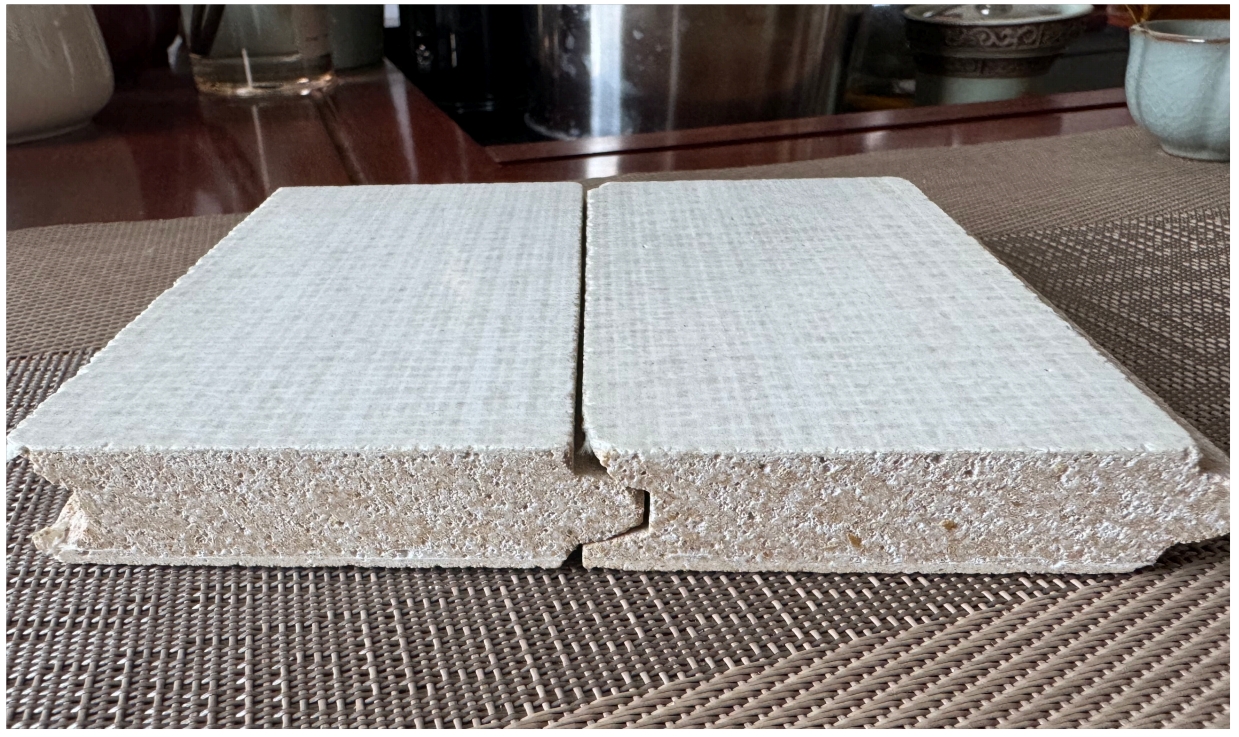MgO boards, or magnesium oxide boards, are known for their higher upfront cost compared to traditional building materials. However, evaluating the cost-effectiveness of MgO boards requires a comprehensive look at their long-term benefits. Here’s why MgO boards can be a cost-effective investment:
1. Durability and Longevity: MgO boards are highly durable and resistant to impact, moisture, mold, and fire. This means they have a longer lifespan compared to traditional materials like drywall and gypsum board. The reduced need for frequent repairs and replacements translates into long-term cost savings.
2. Low Maintenance: The robust nature of MgO boards means they require minimal maintenance over their lifetime. Unlike traditional materials that may need regular upkeep to prevent damage from moisture, mold, or fire, MgO boards maintain their integrity with minimal intervention, saving on maintenance costs.
3. Enhanced Safety Features: The superior fire resistance of MgO boards adds significant value, especially in buildings where fire safety is a critical concern. This added safety feature can potentially lower insurance premiums, providing additional cost savings over time.
4. Energy Efficiency: MgO boards have excellent insulating properties, which can contribute to better energy efficiency in buildings. Improved insulation helps maintain stable indoor temperatures, reducing the need for heating and cooling and leading to lower energy bills.
5. Environmental Benefits: MgO boards are made from environmentally friendly materials and have a lower carbon footprint compared to traditional building materials. Using MgO boards can contribute to green building certifications and compliance with environmental regulations, which can be beneficial for both the environment and potential financial incentives.
6. Versatility in Applications: MgO boards can be used in a wide range of construction applications, from walls and ceilings to floors and exterior cladding. Their versatility allows for streamlined inventory and purchasing processes, reducing overall material costs for diverse construction needs.
7. Improved Indoor Air Quality: MgO boards do not contain harmful chemicals like asbestos or formaldehyde, which are found in some traditional building materials. This ensures better indoor air quality and reduces health risks for occupants, potentially reducing healthcare costs associated with poor indoor air environments.
In summary, while the initial cost of MgO boards may be higher, their durability, low maintenance, enhanced safety features, energy efficiency, environmental benefits, versatility, and improved indoor air quality make them a cost-effective investment in the long run. By considering these factors, builders and property owners can make informed decisions that provide both financial and performance benefits.

Post time: Jul-23-2024

